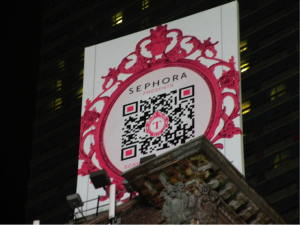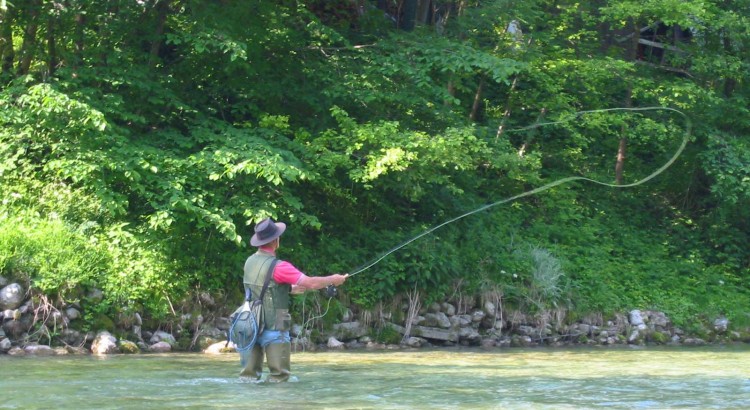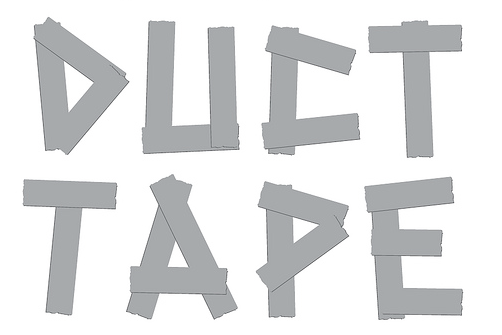As marketers, we can learn and borrow elements from successful guerrilla marketing campaigns and apply them to our digital strategies.
If you’re a marketing nerd like me, chances are you’re also fascinated by creative guerrilla marketing campaigns. These campaigns stand out and are more memorable compared to a lot of the similar types of advertisements we all see on a daily basis.
The term “guerrilla marketing” was coined by Jay Conrad Levinson in 1984 and is a type of marketing that takes the consumer by surprise and gets them to pay attention.
Most guerrilla marketing campaigns are very expensive. However, you don’t need a multimillion-dollar advertising budget to learn valuable lessons from guerrilla marketing campaigns and apply them to your marketing strategy.
Below are five things all marketers can learn from guerrilla marketing campaigns.
1. Reach Your Audience at the Right Place
Guerrilla marketing campaigns are often popular in large cities or on billboards bordering highways in order to gain maximum visibility. For example, New York City is a common location for these types of campaigns because of the high traffic on the streets. For example, a campaign such as the Mr. Clean one pictured below would not be as successful if it were placed on a crosswalk in a more rural area.
For all other types of marketing campaigns, it’s important to understand your target market and identify the best ways to reach them on different platforms.
2. Be Disruptive
Sometimes the best way to capture the attention of consumers is to get right in their way so they can’t ignore you. This is certainly the approach that Red Bull took when they set up a pit stop in the middle of Times Square. Who wouldn’t notice this while walking down the street? This was a successful campaign in creating attention and generating brand awareness.
As marketers, we can borrow the idea of creative disruption to force us to think outside the box and create strategies that are different from the norm.
3. Make it Intriguing
In order for a guerrilla marketing campaign to be successful, it must be stimulating, interesting, and relate to the product or brand. For example, the Bic billboard attracts attention and also clearly communicates how the product works.
4. Stand Out
The one thing that all guerrilla marketing campaigns have in common is that they aim to stand out. Aside from one-off campaigns, some brands have continuous guerrilla marketing aspects. For example, we all know the Oscar Mayer Wienermobile and the Goodyear Blimp. These are iconic ways to promote brands that everyone has come to recognize.
In terms of digital marketing campaigns, marketers must be sure the overall message that is advertised resonates with the consumer and the copy and design are both aligned.
For all other types marketing strategies and campaigns, marketers need to find a way to differentiate themselves from the competition. This can be done in a variety of ways, but the key is to focus on unique features and how they can be applied to your brand, products, or services.
5. Measure It
Traditional billboards have come a long way from the original roadside sign with a static image and simple caption. Today, billboard displays have the opportunity to be interactive. For example, some contain QR codes that people can scan on their smartphones to take them to a specific webpage. Other billboards include cameras to collect data on those who turn and look at the advertisement.
Below is how Sephora incorporated a QR code into their billboard and was able to track conversions from it.
In marketing, it’s vital to measure every activity you possibly can in order to determine what is successful and where you need to make any alterations to your campaign.
I hope these examples were helpful in showing how we can incorporate guerrilla marketing elements into our other marketing strategies. If you have any questions (or even just want to geek out with fellow marketing lovers), contact my team.










